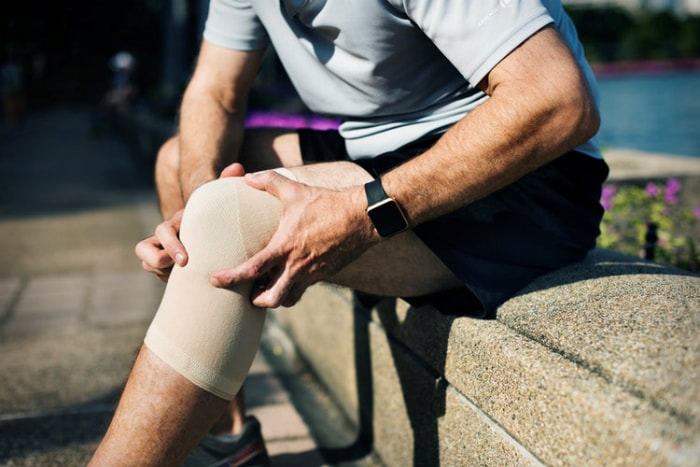
How to Manage Pain After a Knee Replacement Surgery?
Post-operative pain, swelling, and bruising are a normal part of the recovery process following knee surgery, but, some patients find the pain and discomfort to be an obstacle to their daily activities. Educating yourself about the pain prior to the surgery can reduce your fears and help you manage your expectations. So, here are some tips to help you deal with pain after the surgery.
Get Rest
The average recovery time taken for knee surgery is six months to a year. The surgery itself takes a toll on the body. The knee is the biggest, most complex, and nerve-rich joint in the body. When the knee is overused, it will react sharply, causing discomfort and pain. You cannot expect to resume your daily activities within four to five days after the surgery. Rest is an important aspect during the recovery process. Trying to be active before the completion of the advised rest period can cause both pain and swelling. Resting for a period of time with some prescribed exercises can contribute to your recovery.
Use Ice
Ice can help reduce pain when combined with medications. Make sure you rest while you are icing. You can fill bags with iced water and gently wrap around your knee. If ice or compression bags are not available, you can use gel packs and keep them in your freezer. During your recovery, you may need to change the ice packs regularly.
Medications
After your surgery, your orthopedic surgeon will most likely prescribe pain medications. Pain causes swelling, which can interfere with your healing and your recovery progress. It is essential to follow the instructions exactly as advised by your surgeon.
Elevate Your Legs
It is suggested that you elevate your legs as much as you can. Raising your legs means lifting your legs higher than your hips. You can use rolled blankets and pillows to prop under your knee and ankles. Elevating your legs reduces the amount of blood flow that can reduce the amount of pain where you knee is swollen.
Physical Therapy
Physical therapy is an important part of rehab. The exercises recommended by your physiotherapist will help you walk, climb stairs, and return to regular activities sooner. your therapist will use various treatment and exercises to help you build muscle, improve blood flow, and this can decrease the pain and improve your overall functional mobility.







